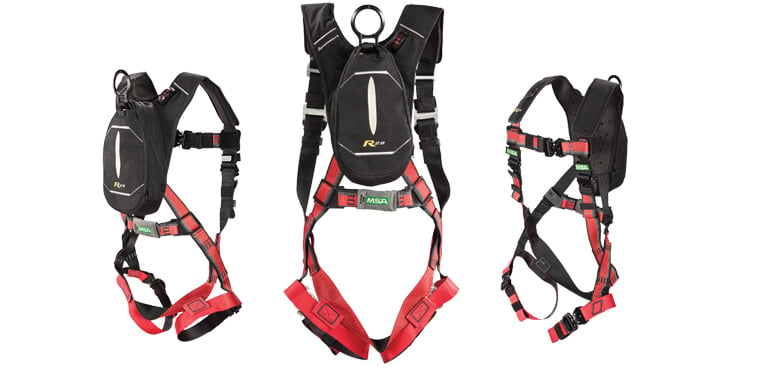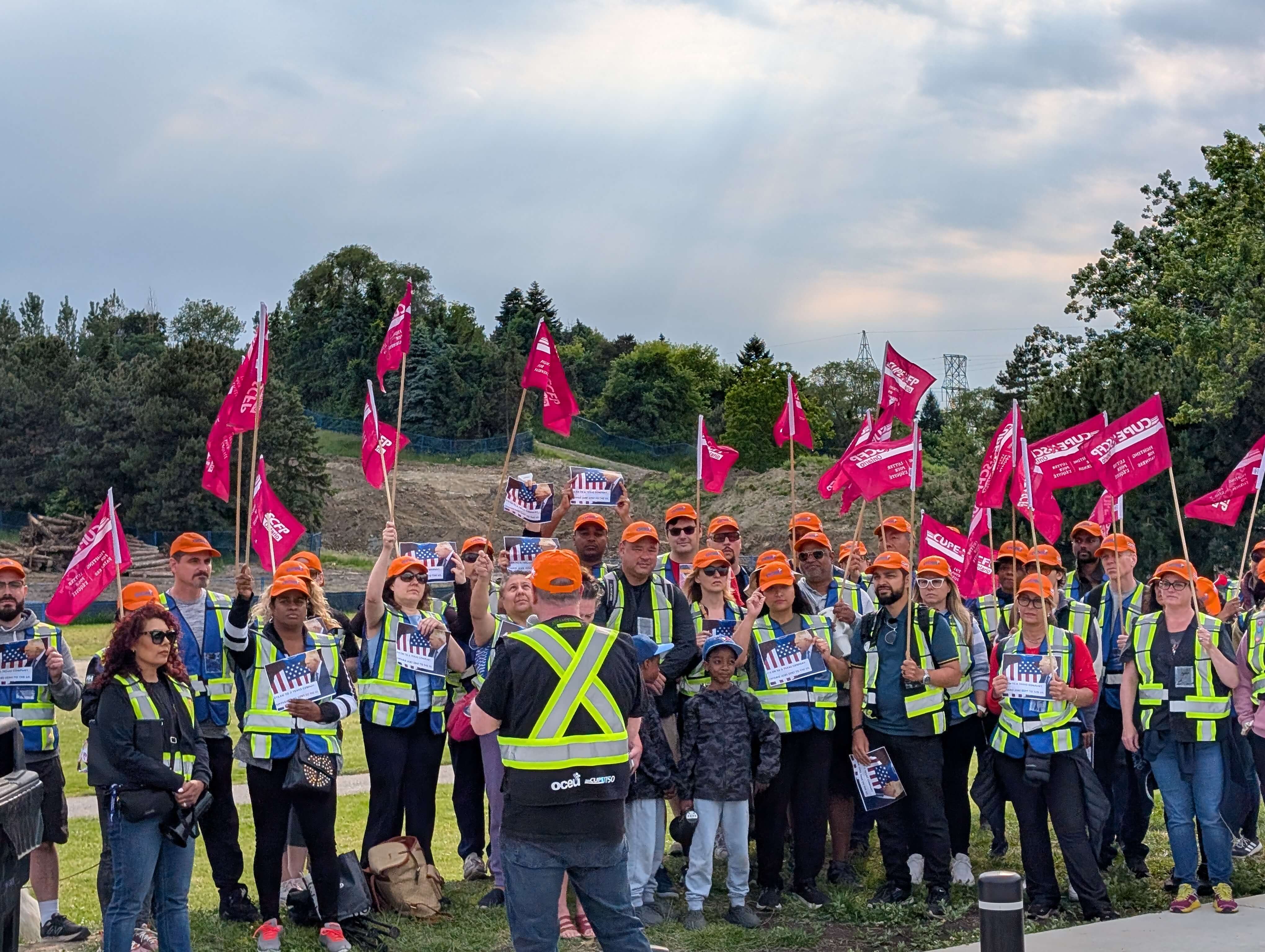What to do after a fall

Accidental falls happen. It truly is an unfortunate workplace danger. So even with fall prevention tactics, worker-safety-at-heights programs, hazard identifications and controls, a fully trained workforce, and fall-avoidance strategies in place, it’s critical to be rapid-rescue ready. A well thought-out emergency response plan can help save and retrieve a fallen worker from trauma, severe injury or death.
Fast action is critical, though. In just a few minutes post-fall arrest, sustained immobility may lead to suspension trauma, also known as orthostatic intolerance (especially if the fallen worker loses consciousness). Symptoms of suspension trauma include, dizziness, weakness, sweating, fainting, and a blood- and oxygen-reducing condition known as venous pooling or blood accumulation in the veins.
Requirements & recommendations
Because the goal is to minimize suspension time and prevent serious injury in the event of a fall, OSHA (29 CFR 1926.502(d)(20) requires prompt rescue, while the ANSI Z359.2-2007 Fall Protection Code recommends contact within six minutes after a fall event.
To make sure your organization is rapid rescue-ready, consider the following elements, excerpted from the Washington Industrial Safety & Health Division (WISHA) of the U.S. Department of Labor:
Procedures: Do workers know what immediate actions to take to rescue a victim, administer aid, report and evaluate the incident?
Chain-of-Command: Do workers understand the rescue hierarchy and are backup personnel on-site and/or quickly available?
Resources: Are on-site first responders, medical supplies and rescue equipment (extension ladders and mobile lifts) easily accessible and in close proximity?
Training: Are personnel properly prepared to operate on-site rescue equipment, and can they quickly and easily contact off-site first responders?
Rescue types & equipment
Preparing people and equipment for the unexpected is crucial to dealing with suspension trauma. Here are the most common rescue types and equipment. Naturally, the facility, job site and available personnel factor into the appropriate rescue type and equipment for your situation.
What: Self-Rescue
Who: Conscious and able fallen workers
How: Small, integrated self-rescue harnesses, fixed vertical lifelines, fixed ladders for slow, controlled descents
What: Assisted Rescue
Who: Fallen and conscious workers
How: Rescue ladder or winch operated by another worker
What: Mechanically Aided Rescue
Who: Fallen workers unable to self-rescue
How: Aerial lift and extension ladder
What: Pick-Off Rescue
Who: Incapacitated or unconscious workers
How: Other workers facilitate the descent and provide medical attention
Rescue personnel roles & responsibilities
ANSI Z359.2-2007 Minimum Requirements for Comprehensive Managed Fall Protection Program suggests specific responsibilities for employers, particularly ensuring the presence and training of competent and authorized rescuers.
According to the requirement, competent rescuers should possess experience, training and knowledge of rescue regulations and fall arrest systems equipment. These individuals must be able to verify the proficiency of authorized rescuers, identify hazards to rescuers, assess rescue resources, evaluate rescue procedures, and supervise authorized rescuers.
Authorized rescuers, on the other hand, are trained and experienced in rescue gear selection, inspection, operation and care. They are the primary personnel to conduct rescue operations.
Integrated self rescue & prevention tools
When possible, the preferred method of rapid rescue is self-rescue. As such, any post- fall arrest plan should provide fallen yet conscious workers with a means of self-help or integrated self-rescue to prevent or delay suspension trauma.
- Suspension trauma relief steps can increase circulation and blood flow, relieving pressure caused by harness leg straps. One such example is worker-carried footholds for standing and flexing of leg muscles while still suspended in the harness. This economical option is meant only to delay or prevent suspension trauma for the time necessary for others to retrieve the fallen worker.
- An integrated self-rescue harness system can be used to lower a worker safely to ground with controlled descent. An example of this type of system is a backpack- or pouch-style device attached to a full-body harness used as part of a fall protection system or anchor point. With this option, the harness with integrated self-rescue suspends the worker, allowing for self-descent through a braking mechanism. It may also offer activation by a rescuer if the fallen worker is unable to do so via a rescue pole.
Before, during or after the fall, new rescue products can make all the difference especially when combined with a hazard-preventing environment, thorough worker training, a well-defined emergency response plan, and, most importantly, swift action.






